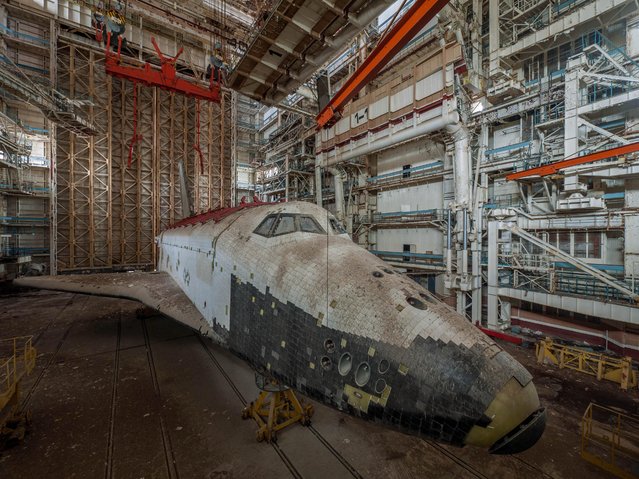
A pro-democracy demonstrator fights with a Soviet soldier on top of a tank parked in front of the Russian Federation building on August 19, 1991, after a coup toppled Soviet President Mikhail Gorbachev. The same day, thousands in Moscow, Leningrad, and other cities answered Russian Republic President Boris Yeltsin's call to raise barricades against tanks and troops. (Dima Tanin/AFP/Getty Images)
06 Apr 2012 20:07:00,post received
0 comments







